Growing on a Budget: Cultivating Your First Cheap Cannabis Plant for $130

You might have thought about growing your own cannabis, and there are a number of reasons why it might be a good idea. People think that growing your own marijuana is much cheaper than buying it in a dispensary, and in fact, they are right. Others just want to try new things and start a business in the cannabis industry by starting their own farm. Any reason is good if you do it properly and legally. Today, we are going to give you marijuana growing tips on how you can grow your very first plant in under 100 bucks. We will tell you how to grow your first plant at the lowest cost, avoid mistakes and get your first harvest.
Can I Grow Cannabis at Home?
As a beginner, you will hardly rent large areas to grow hundreds of plants – most newbies start with their own homes. Though experienced cultivars do not recommend growing weed in tight spaces, it is possible if you monitor the temperature and humidity. Otherwise, all your efforts will go to waste. First thing’s first, you need to properly evaluate your capabilities – the size of your room, the equipment you need, the time and effort you can dedicate to your new hobby. For example, you need to choose the right family – growing Indica without special conditions is possible, while growing Sativa will be very problematic just because these plants are much taller.
Big companies, professional growers, cannabis farms cultivate the plants from seeds, but this is not the best option for beginners. That is why newbies usually start with the so-called clones – female plants in pots. The price for a clone varies from 10 to 30 dollars. The equipment for growing will cost you additional money too. An average hydroponics station will cost you around $70, but you can find cheaper options or borrow it from friends. Grow lights, fans, humidifiers, and all of the indoors growing equipment can total you anywhere from a hundred bucks to a couple of grands, depending on how much you are willing to spend. Usually, the hydroponics station is more than enough for the beginner. If you’ve got a hydroponics station and the plant clone at under $50, all you need is some soil and fertilizers, which are literally dirt-cheap. The good thing is that you’ll be growing indoors which means you don’t have to worry about pests.
You can also try cheap indoor cannabis growing techniques using seeds, but you also need to consider the fact that when you buy cheap weed seeds, you get not only female plants but also half of the male cannabis. Consequently, you will need to grow a lot of plants, and yes, half of them will be completely useless. That is completely normal, but this is a waste of time for a beginner. Growing a clone is a much safer option, and though you need to put some care into that process, it is much more likely to give you a good yield.
Read Also: Why Beginners Should Choose Autoflowering Strains
Step 1. Read the State Laws
This is the first thing you need to start with. Do not grow cannabis if your state laws forbid you from doing so! At the federal level, growing even a single plant for your own needs is a felony. However, there are some states that allow residents to grow marijuana.
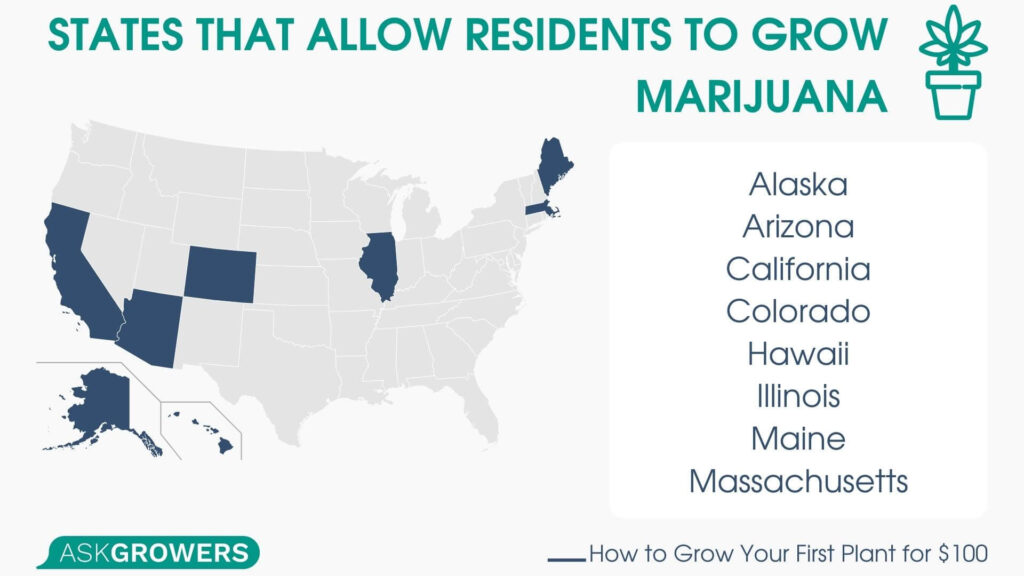
As of now, you can grow your own weed in the following states:
- Alaska
- Arizona
- California
- Colorado
- Hawaii
- Illinois
- Maine
- Massachusetts
One of the most important marijuana growing tips is to read the laws carefully – there always are some caveats to them. Depending on which place you live in, read all the information you can find before you start growing your own weed at
Read Also: 15 Ways to Increase Your Cannabis Yield
Step 2. Choose the Right Place and Equip It
When it comes to the most important growing weed indoors tips, the right place and the right equipment are critical to consider. There are 5 most important things to consider, so let us take a closer look at each of them.
- Do you have enough space? Generally speaking, the bigger space you have, the better chance of success. Why not use the smaller space that, however, is enough for one plant? You will also need to equip it with lamps, conditioners, etc. You need 3 x 3 x 5 feet or more. If you have a separate room and can use it, it is just perfect.
- Using a hydroponics station is a preferable option because it takes less space and it gives you a more controlled environment.
- Can you maintain the proper temperature? 20-26C or 68-78F is a good temperature for cannabis. You can use a thermometer or buy a hydrometer that will help you monitor both humidity and temperature.
- What about humidity? This figure is 30-45%. If you grow your plant in a basement with a higher level of humidity, you will need to buy a dehumidifier. As you probably guessed, if the situation is the opposite, you will need a humidifier.
- How to measure the pH level for water? There are the so-called pH downs and pH ups, and you need to use them to get 6.3-6.8 pH.
- Do you have suitable lamps? You need a 175-HPS light. Yes, there is an alternative. In particular, a lot of people think that fluorescent lamps can do the same, but they are wrong – it will influence the quality of the final product. You must also remember to turn off the lights intermittently not to overheat your plant. Luckily, there are lamps with timers on the market.
Step 3. Buy a Healthy Top-Quality Clone
As we have mentioned above, choosing the right clone is very important. The prices for the clones might range from around $10 and up to $50, but it does not mean the cheap clones are bad.

You need to select the one you like based on its THC and CBD content – more potent plants are usually more expensive.
Read Also: Is Growing CBD-Rich Marijuana Different From Growing High-THC Cannabis?
Step 4. Plant It Until It Is Mature
Keep an eye on the plant, do everything you need to do until the plant is mature. The most important thing about growing is that you cannot just say something like, “one day changes nothing.” It does. You need to maintain the vegetative cycle for about 30 days. Take care of proper drainage, do not overwater the root, make sure that it is dried out before you water it and that it has at least 18 hours of light, and watch the temperature.
To manage this process, you will need:
| 1 good-quality clone | $10-50 |
| 250-watt HPS | $20-$40 |
| 10 gallons of soil | $10 |
| One 10-gallon pot | $4-6 |
| Basic nutrients | $25 |
Alternatively, you can go for the hydroponics station, which will result in the following expenses:
| 1 good-quality clone | $10-50 |
| Hydroponics station | $30-$100 |
| 10 gallons of soil | $10 |
| One 10-gallon pot | $4-6 |
| Basic nutrients | $25 |
Step 5. Trigger Flowering
One of the most important things in growing weed for beginners is to trigger flowering. What you need is to reduce the time under the lamp. Professional growers usually reduce it down to 12 hours. What you do is basically fool your plant into thinking it is the beginning of fall out there, and it naturally starts to flower.
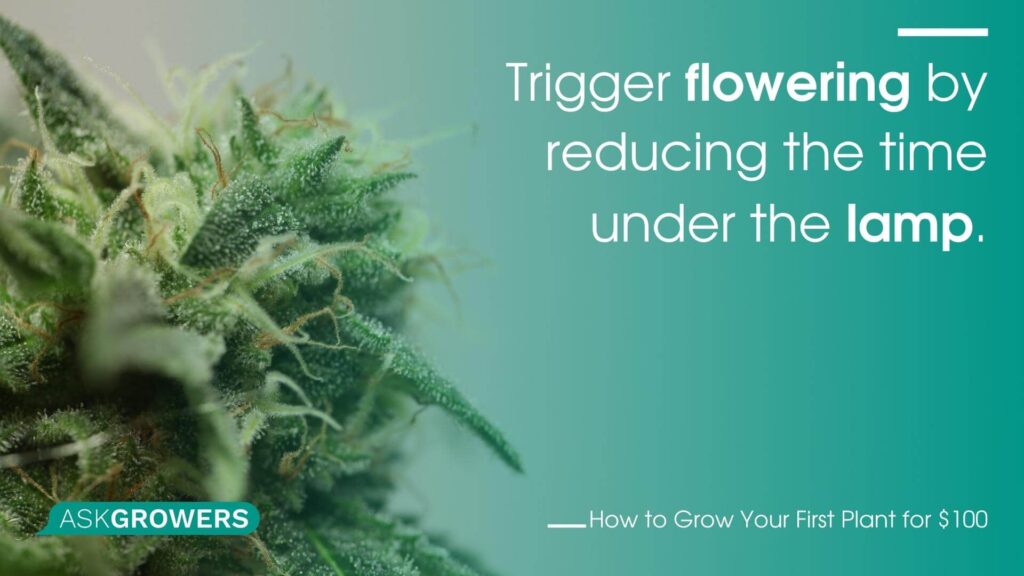
Timing is really important here. You might want to invest in the timer for your lamp or give your plant an extra bit of commitment to make sure it grows properly. You must note that your plant will grow up to 50% once the flowering starts.
Step 6. Harvest
After flowering ends, you need to start paying more attention to your plant. At this time, you are supposed to see trichomes located around the flower. Do not worry if you notice that they change their color – it is normal for them to turn from crystal clear to amber color.
How would you know when the time is right to trim your buds? It’s simple, once you see the trichomes turn amber, the time is right. You need to remove all the leaves using trim scissors. Do not try to smoke the leaves – it will make you sick.
Then it is time for curing, and the quality of the weed you will get largely depends on how good you are at maintaining the right temperature and humidity. If you do everything right, your marijuana will produce stronger effects and smoke will be much smoother, too.
Read Also: Which Weed Growing Method Is Better – Soil, Rockwool, Peat Moss, or Coco Plus Perlite?
How to Grow the Plant at the Low Cost – Final Thoughts
As you can see, the cost of clones is not the largest price component. All growers can afford a clone, but equipment (lamps, pH down, humidifier, etc.) costs more. If you want to grow your first plant for a minimum, you need to do your best to find the most suitable place. The rest depends on the equipment you already have – if we suppose that you have everything to grow cannabis properly, it will really cost you $10-30, not including labor. Basically, if you make your first investment into growing your own weed, it will cost you around $100 or less, and after that, you’ll be rewarded with up to a couple of pounds of weed. Of course, it will all depend on your individual plant, but you can at least count on at least 10 ounces of quality weed. Considering that the average price of one ounce of good weed is $326, you’ll be better off growing your own weed.

 Growing
Growing

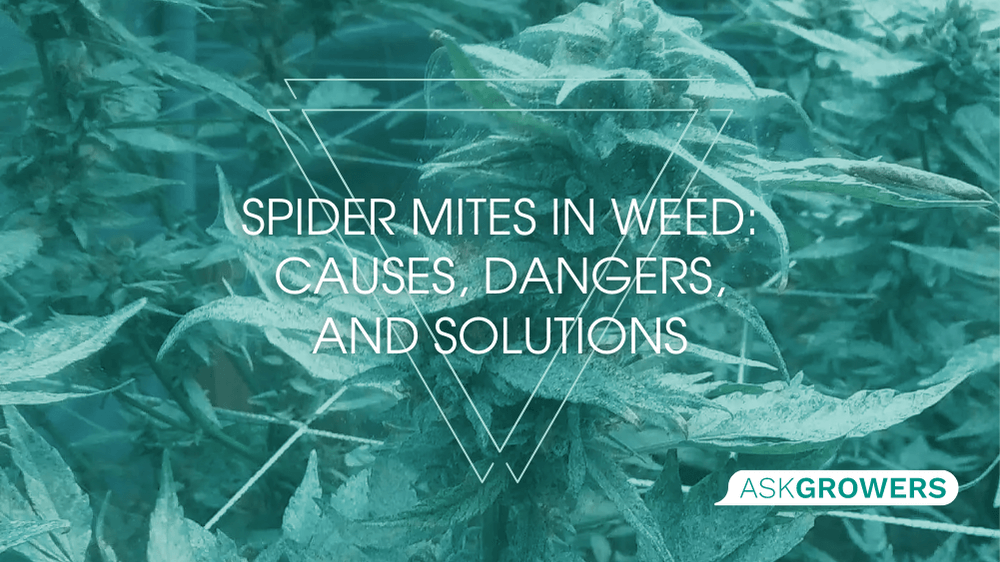

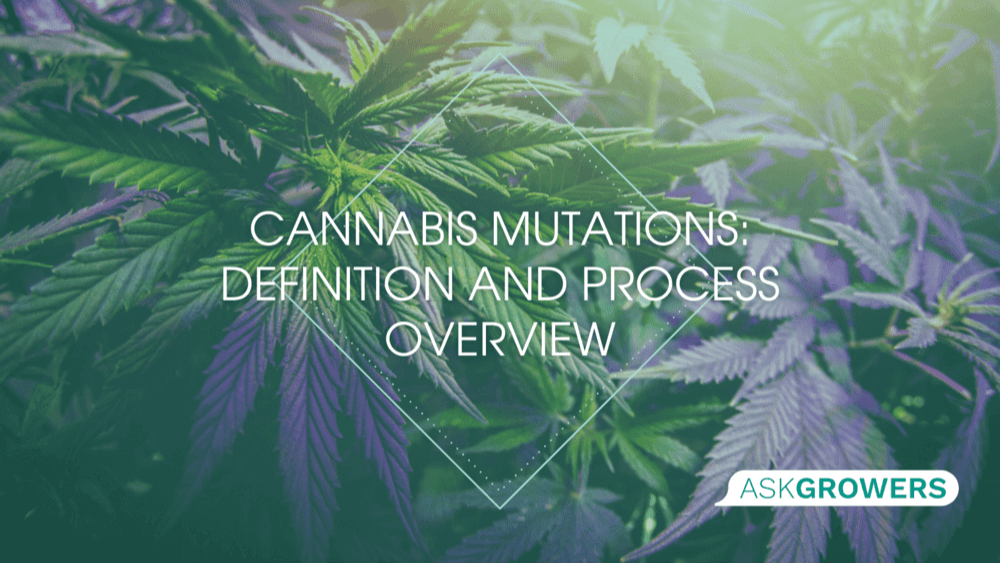
.png)
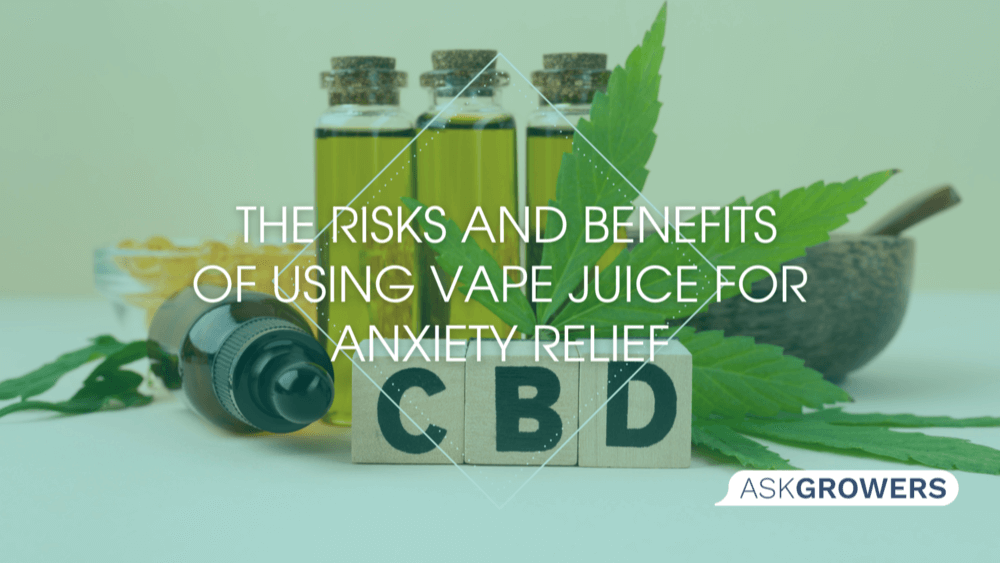

 (1).png)
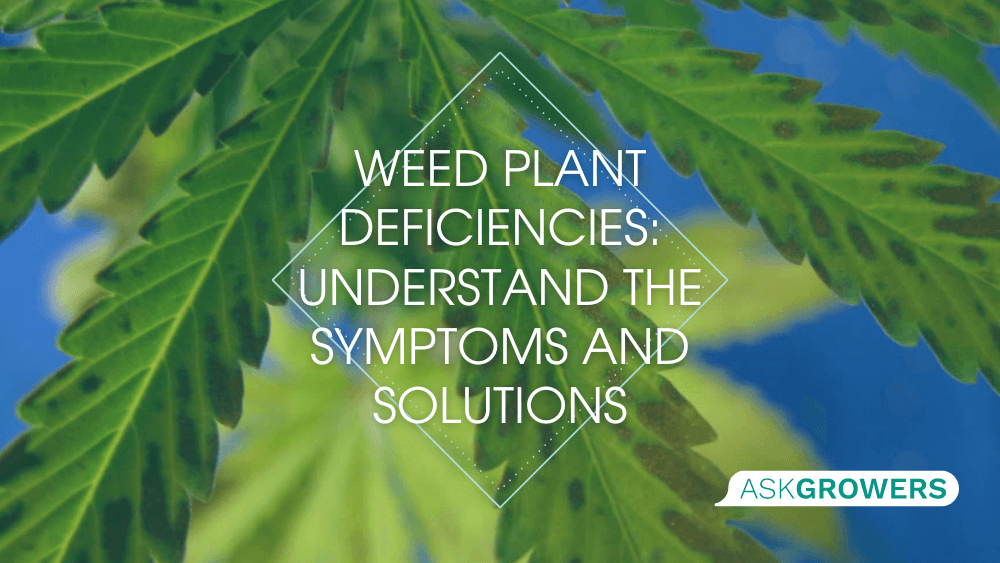
.jpg)

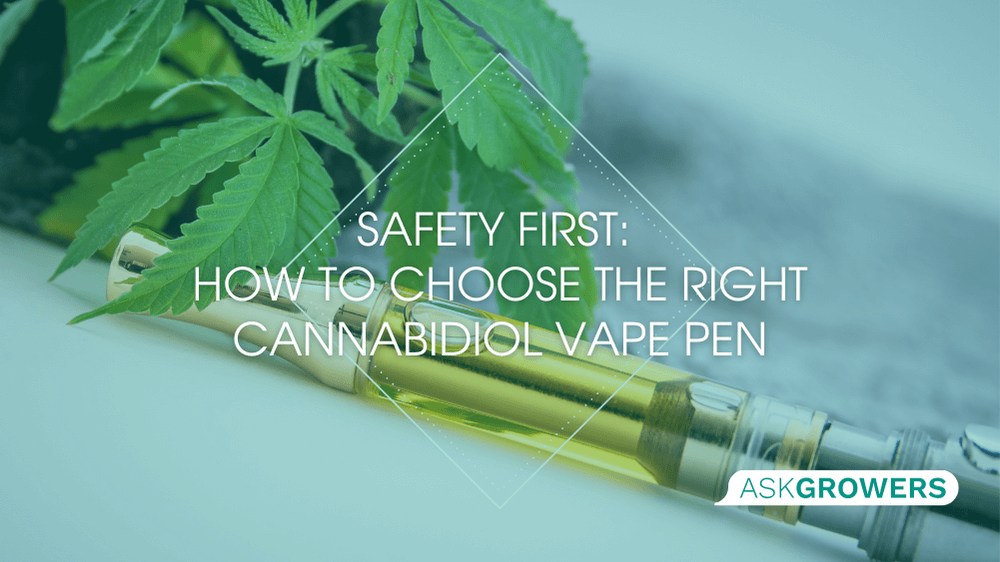
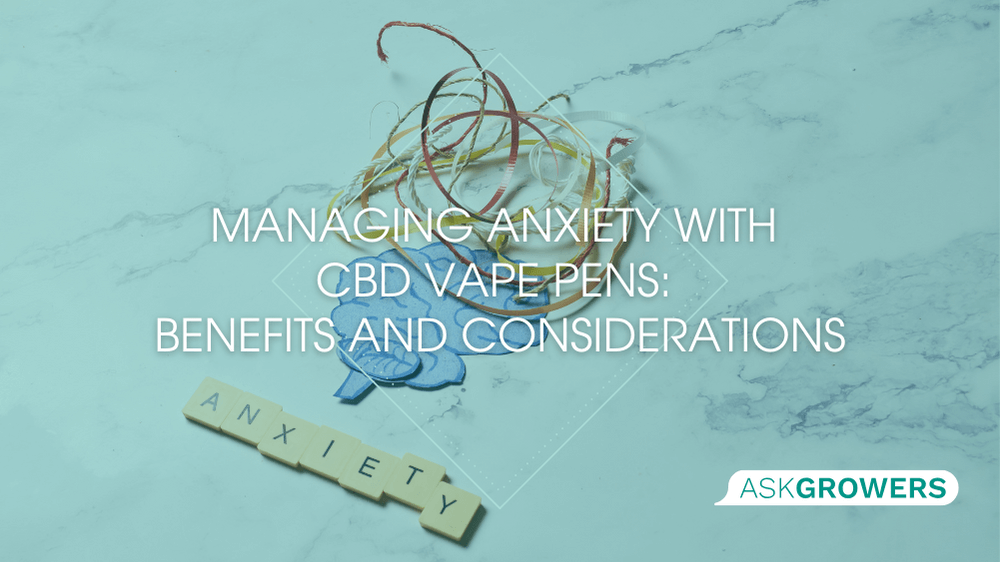
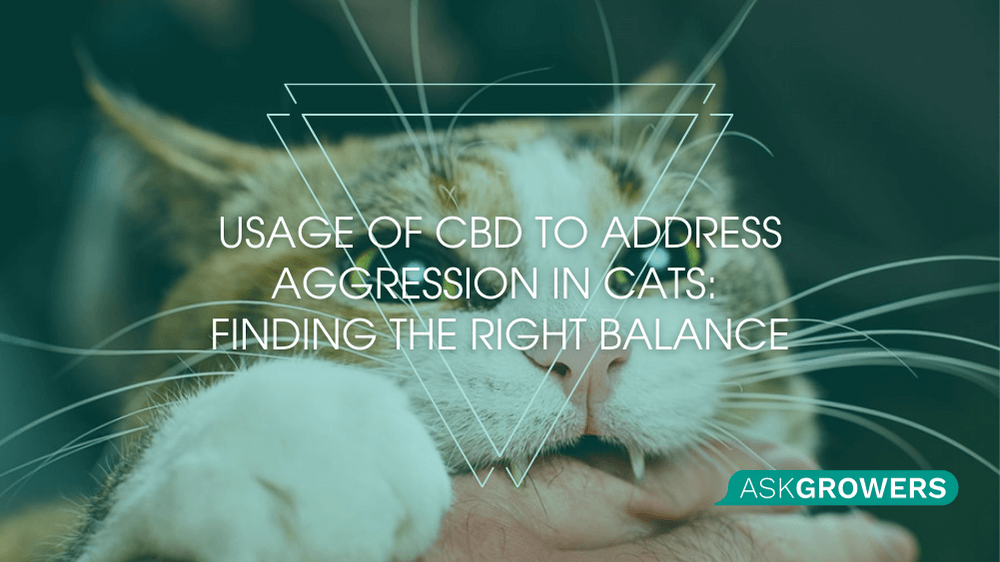
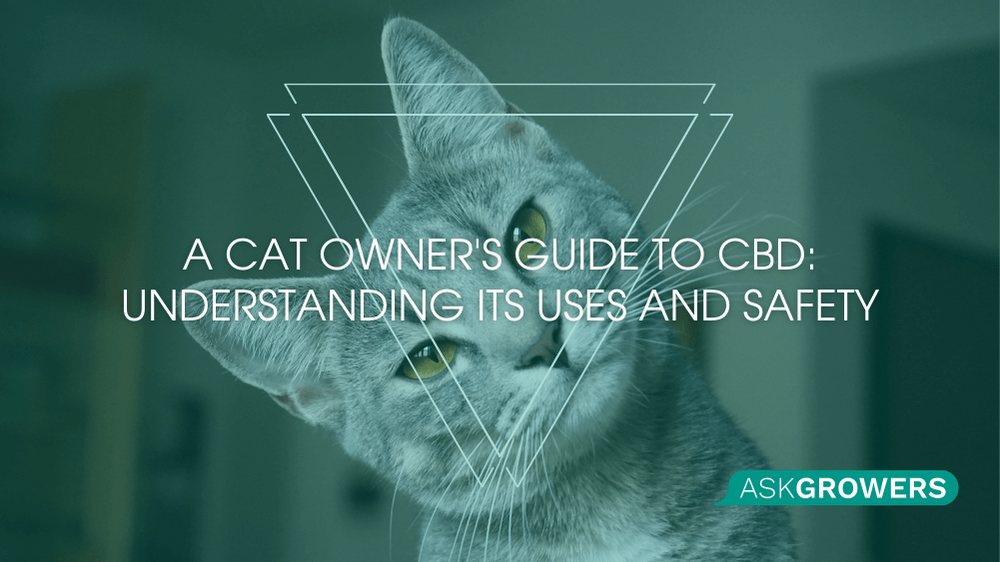
Be the first and share your opinion
Write a Review